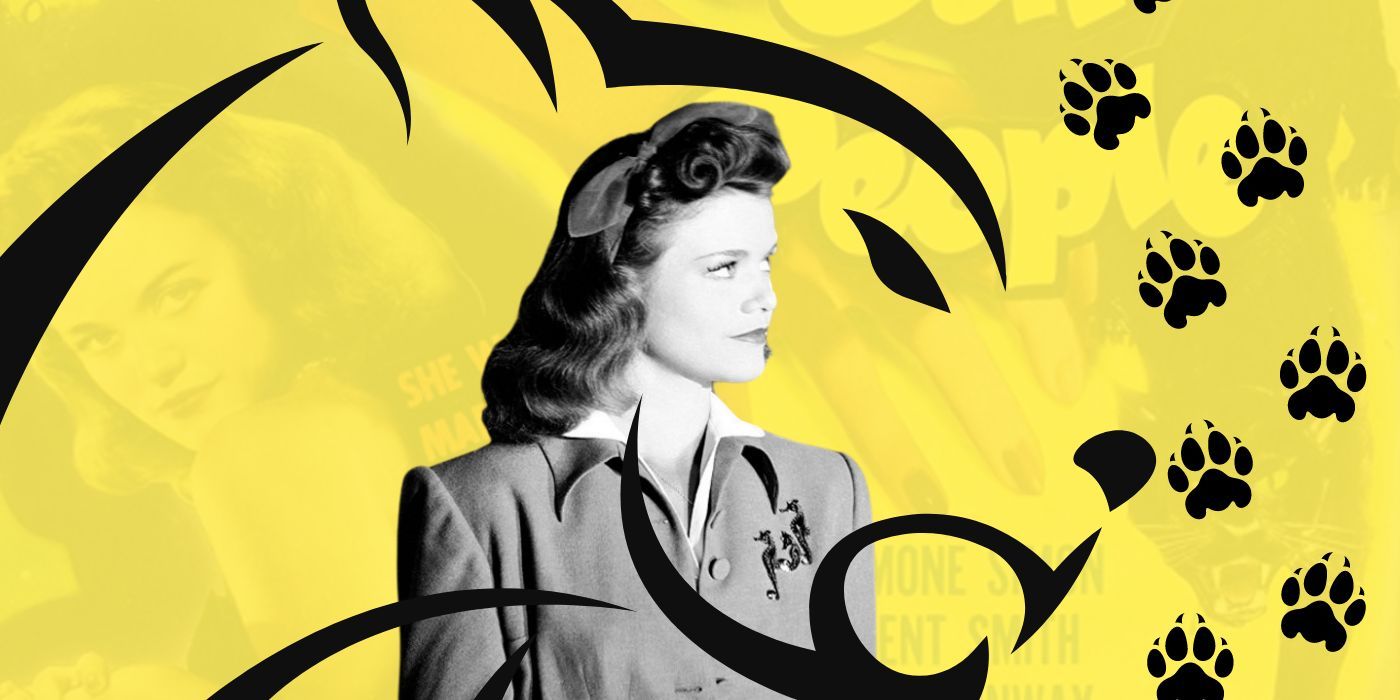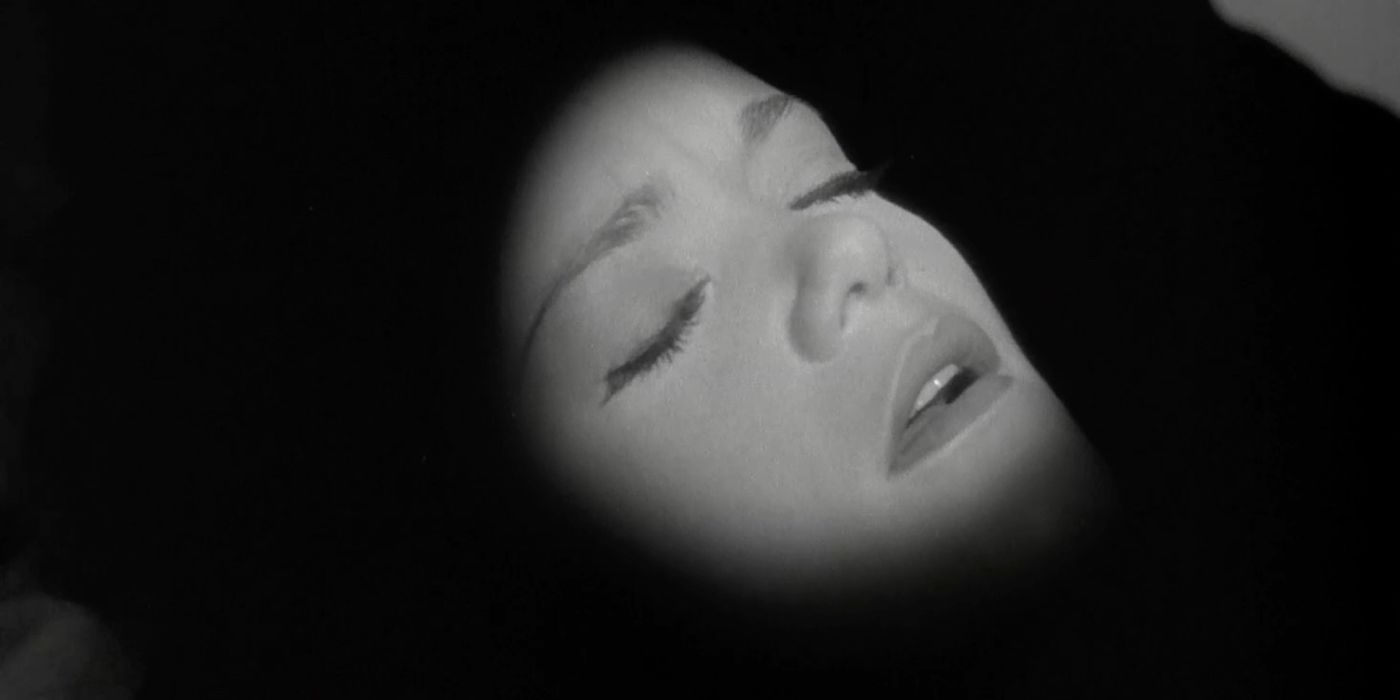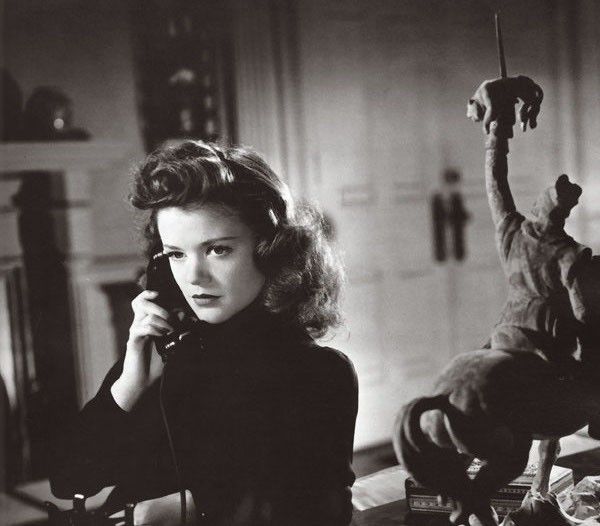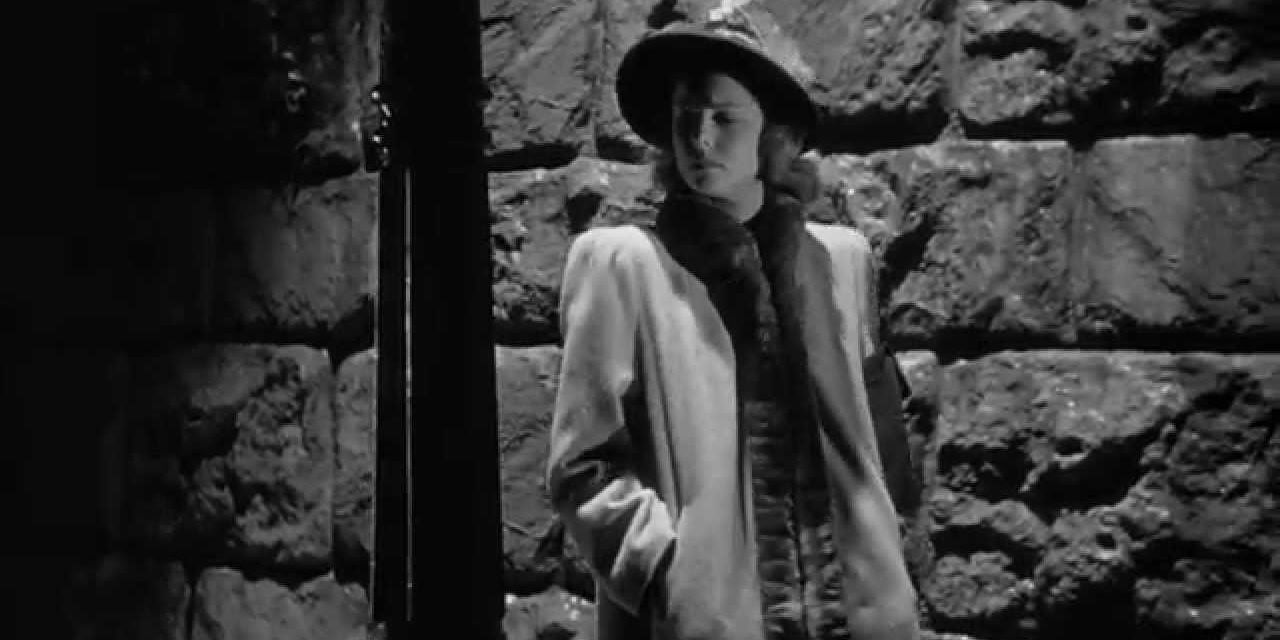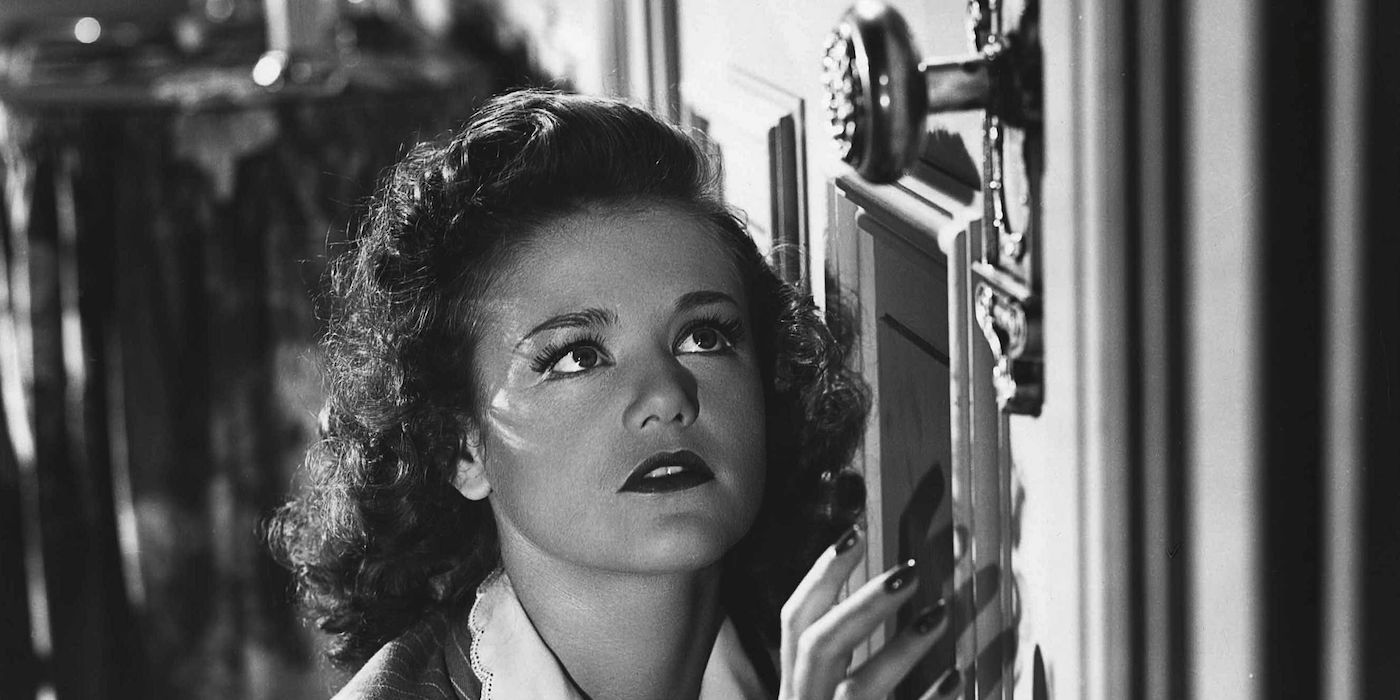Men have always been afraid of women. Need evidence? Countless paintings and works of literature have thrilled Freudian theorists since the dawn of psychology. In classical myth, the sirens and gorgons represented fears for male heroes to conquer. Today, this tradition is carried on in horror movies, where in the end, the monster is always slain. In the introduction to her book The Monstrous-Feminine, author Barbara Creed writes, “The presence of the monstrous-feminine in the popular horror film speaks to us more about male fears than about female desire or feminine subjectivity,” but identifies the female monster as a potential challenge to the narrative. After all, what is a witch or succubus or female vampire but a literally empowered woman? She may not have the complexity, sympathy, or fate that necessarily makes her attractive to actresses or women writers, but she offers a starting point – among many, in the wide playground of horror. One early text has proven essential to the study of the monstrous-feminine, inspiring 80 years of academic analysis. Cat People, released in 1942, is a measure for how the female monster has or hasn’t escaped or reconfigured the old metaphors, and remains a classic horror film.
Overseen by the producer Val Lewton, with a script by DeWitt Bodeen and Jacques Tourneur as director, Cat People runs at a trim 73 minutes despite the ambition of its story. Irena Dubrovna (Simone Simon) is a Serbian immigrant who retains the accent and keeps to herself, until a chance encounter with Oliver Reed (Kent Smith). She sees in him what’s obvious, a boyish American charm – he’s introduced drinking a soda, and throws away trash like a baseball pitch – but there’s no more to him. Later, he’ll say of himself, “I’ve never been unhappy before. Things have always gone swell for me. I had a grand time as a kid.” His untouched worldview cannot allow what Irena tells him, that her ancestral line includes metamorphosed women – cat people – so evil they were driven from their village and emigrated elsewhere. Oliver wants nothing to come between them, least of all folktales, and soon their mutual attraction leads to a relationship. With light, shadow, and the occasional fog playing on neoclassical surfaces, Cat People boasts the visual palette of film noir, and these early scenes are played like a straight romance instead of horror, but for the instances of Irena in private.
‘Cat People’ is a Slow Burn
Oliver gifts Irena with a cat, which hisses at her approaching hand. They exchange the cat for a bird at the pet store, where every animal screeches and flaps at Irena’s presence. Later, Irena is home alone, and opens the birdcage to reach inside. She chases it around and around, a smile on her face, and then withdraws her hand. The bird is dead. Returning to the zoo, Irena finds herself before the panther exhibit, and tosses the bird into the cage as a snack. “I had to do it,” she tells Oliver. “That’s what frightens me.” From Oliver’s perspective, this woman he’s just married is beginning to believe in her fairy tales. Irena wasn’t able to consummate the marriage because of her fear that intimacy, alongside jealousy or anger, would transform her into a panther and she’d tear him to shreds. Recommended a psychiatrist by his coworker Alice Moore (Jane Randolph), Oliver introduces Irena to Dr. Louis Judd (Tom Conway) for professional help, which inadvertently complicates the relationship.
On the promotional circuit for Eastern Promises, another film about an unknowable European threat moving westward, David Cronenberg described the difference between multiculturalism as it was understood in the United Kingdom and in the United States. In an interview with The New York Times, he said, “When you have a culture that’s embedded in another, there’s a constant tension between the two. In the U.S. the melting pot was supposed to mean you come and you absorb American values.” The conflict in Cat People derives from Irena’s inability to conform, to find her place within the melting pot that erases heritage. She even desires to do so, seeking normalcy in the domesticity of marriage. In one scene, she tells Oliver, “I’ve fled from the past, from things you could never know or understand. Evil things.” Author Tony Williams writes in Hearths of Darkness, that, “struggling against forces that victorious powers of patriarchal light designate as ‘unhealthy,’ [Irena] mistakenly seeks salvation within the dominant order.”
Irena of ‘Cat People’ is Both Monster and Victim
Cat People is playing on the fear of the other, the same kind of horror invoked by Dracula. Unlike Bram Stoker’s monster, however, Irena is victimized by her own monstrousness. She’s afraid of her heritage and her destructive urges; a bird today, maybe Oliver tomorrow. Especially when Oliver grows exhausted with Irena, and begins drawing closer to Alice. Despite that, Oliver’s sudden request for divorce would turn anyone into a panther, Serbian village or not, the film begins to shift its perspective away from the anchoring Irena. In one scene, Alice finds herself alone in the office after hours, and the phone rings. She picks up, but there’s no answer. The audience sees that it’s Irena on the line, not speaking, terrorizing Alice on purpose.
This leads to the film’s first sequence of horror, and maybe the first horror sequence in film period, by modern standards. Alice leaves the office and begins her night walk alone, with Irena following. The audience has both perspectives as the film cuts between them, zeroing in on their increasingly swift legs and high heels clopping on the sidewalk. Soon, we lose track of Irena. Her footsteps remain audible, but the frame lingers on an empty space where she should enter, based on the editing rhythm. Alice is alone, and very spooked, when a bus screeches into frame for cinema’s first-ever jump scare. “You look as if you’ve seen a ghost,” the bus driver says, and a breathless Alice, eyes darting around, says, “Did you see it?”
It’s a rare moment of uncool for the whip-smart Alice, whose social standing as Oliver’s workplace equal challenges any read on Cat People determined by a Madonna/whore binary. Certainly, Alice is American like Oliver, but she may surprise viewers conditioned by pop culture depictions of 20th-century women like Mad Men. Played with a sly humor by Jane Randolph, Alice is comfortable and forthright, and line deliveries like “That’s a corny joke even for you, Doc,” seem to welcome the audience’s identification with her. After a second scare by Irena, in which a panther’s yowls are heard, but the animal is unseen, Alice sits down with Dr. Judd to ask about the folktale. “I believe that was the cat form of Irena,” she says. This inspires the doctor, who’s attracted to Irena, to issue Oliver two choices: have the marriage annulled or have Irena institutionalized.
The Many Reads of ‘Cat People’
Part of the tale is King John of Serbia, Jovan Nenad, driving the cat people out of the village, as memorialized by the statues and drawings of impaled panthers decorating Irena’s apartment. This is the prophesied ending awaiting Irena, the inescapable fate of all female monsters. While the relationship of clueless Oliver and reasonable Alice inspires Irena’s belligerence, it’s the predatory Dr. Judd whose machinations entrap and ultimately kill her. The climax of the film is just as ambiguous as previous cat-woman encounters, but an altercation between Dr. Judd and Irena leaves the former dead and the latter fatally wounded, by a blade hidden in the man’s cane. Irena returns to the zoo to release the panther, which leaps at her before escaping. Oliver and Alice find Irena dead next to the cage, and he says, “She never lied to us.” Like Perseus beheading Medusa, the patriarchy has won again, but this time, there’s no victory.
Dr. Judd preferred “self-destruction” in diagnosing Irena’s condition. In this way, Irena taps into a different mythological tradition, one spanning at least from Kate Chopin to Thelma & Louise, of fatal liberation. If it’s conformity or death, stories such as Cat People see a woman pushed to where it’s a decision, not a subtle threat. She’s victimized by an American patriarchy, but also a Christian one, as in the folktale, her people turned away from God before transforming. During an attack at the office, Oliver picks up a T-square and holds it out like a cross, telling the unseen Irena-panther, “In the name of God, leave us in peace.” In an article for Screen Queens, the writer Bruna further reads potential queerness into the scene where, at Irena and Oliver’s wedding reception at a Serbian restaurant in New York City, a woman described as catlike approaches the table. She calls Irena “sestra” before leaving, and in response, Irena crosses herself. Irena can’t fulfill her intimate role as Oliver’s wife, and the tension of this restaurant scene would “resonate with any queer audience watching the film at the year it was released.”
‘Cat People’ Has an Unhappy Ending, but Multiple Lives
At this point, one might question the filmmakers. Do they find nonconformity scary or sympathetic? Or is it both? Neither? So much is confused by making Irena both monster and protagonist, and then substituting her for an equally sympathetic Alice. However, the story finds better closure in the unconventional sequel, 1944’s Curse of the Cat People, which trades horror for family drama. Our return to this world finds that Oliver has married Alice, and their young daughter Amy is starting to have visions of Irena, who she calls an imaginary friend. Easygoing Oliver, once given over to reveries of a carefree childhood, has himself transformed into an authoritarian parent. His attempts to discourage what he sees as Amy’s antisocial fantasies are doubtlessly spurred by his experience with Irena, but they culminate in corporal punishment. It isn’t until Amy runs away that Oliver promises to accept his daughter’s imagination, which is a literal acceptance of Irena, as well as what she represents: a female need to exist outside the designations of patriarchy.
Indeed, the belated happy ending relies on a man’s acceptance, but the lack of that acceptance invites patriarchal violence. Outside the binary is the third scenario, in which the female monster triumphs over the male hero. During the late 2010s resurgence of the Me Too movement, a statue of Medusa holding the severed head of Perseus was declared a feminist icon. Critics of the declaration objected to the statue’s male authorship, which might affect perceptions of Medusa’s nudity, and how Medusa being, at least, white-passing, is also emblematic of the erasure of Me Too’s Black foundation. When a female monster kills a man, it isn’t necessarily a simple victory. In recent horror, filmmakers like Karyn Kusama and The Soska Sisters have been retooling the ideas explored by Cat People, playing with subjectivity and even conquest. Female monsters tap into fears that society has had at least 80 years to overcome, and those fears have survived instead to become complicated, intersectional anxieties, suggesting the infinite shape of tomorrow’s Irena.
























































![Key Metrics for Social Media Marketing [Infographic] Key Metrics for Social Media Marketing [Infographic]](https://www.socialmediatoday.com/imgproxy/nP1lliSbrTbUmhFV6RdAz9qJZFvsstq3IG6orLUMMls/g:ce/rs:fit:770:435/bG9jYWw6Ly8vZGl2ZWltYWdlL3NvY2lhbF9tZWRpYV9yb2lfaW5vZ3JhcGhpYzIucG5n.webp)


